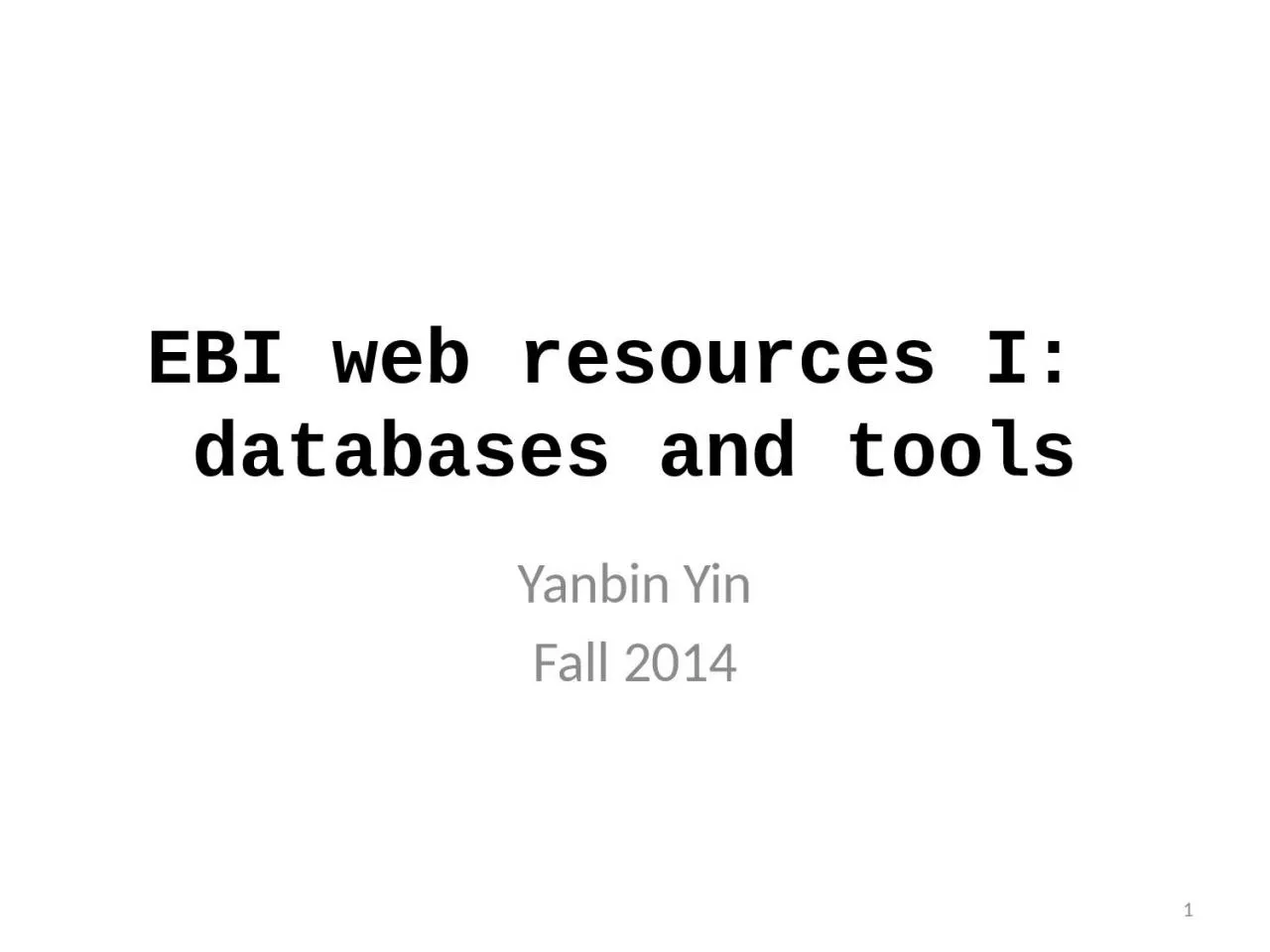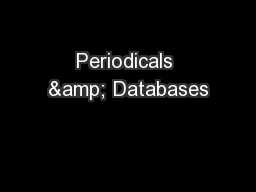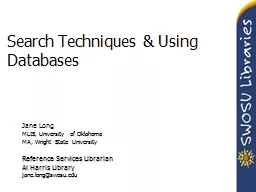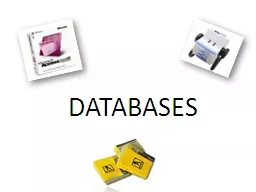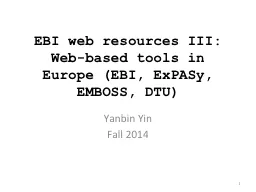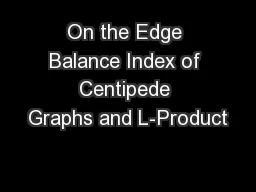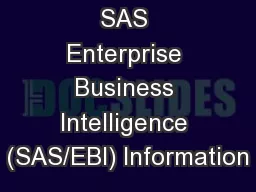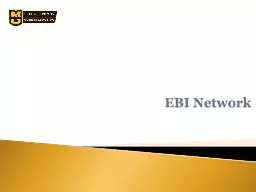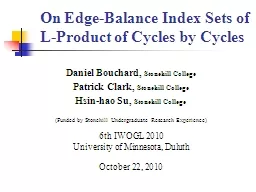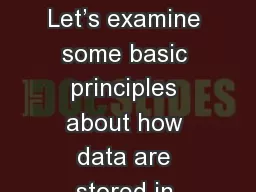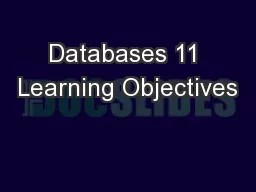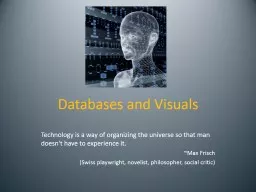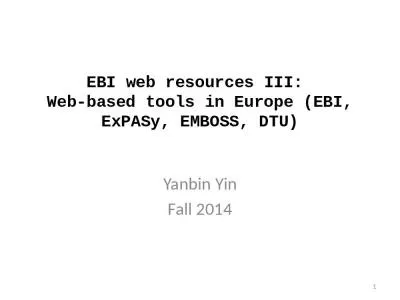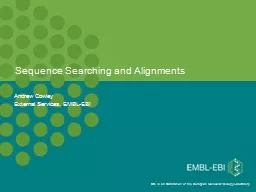PPT-EBI web resources I: databases and tools
Author : sophia2 | Published Date : 2022-06-28
Yanbin Yin Fall 2014 1 Outline Intro to EBI Databases and web tools UniProt Gene Ontology Hands on Practice MOST MATERIALS ARE FROM http wwwebiacuktrainingonlinecourse
Presentation Embed Code
Download Presentation
Download Presentation The PPT/PDF document "EBI web resources I: databases and tool..." is the property of its rightful owner. Permission is granted to download and print the materials on this website for personal, non-commercial use only, and to display it on your personal computer provided you do not modify the materials and that you retain all copyright notices contained in the materials. By downloading content from our website, you accept the terms of this agreement.
EBI web resources I: databases and tools: Transcript
Download Rules Of Document
"EBI web resources I: databases and tools"The content belongs to its owner. You may download and print it for personal use, without modification, and keep all copyright notices. By downloading, you agree to these terms.
Related Documents

